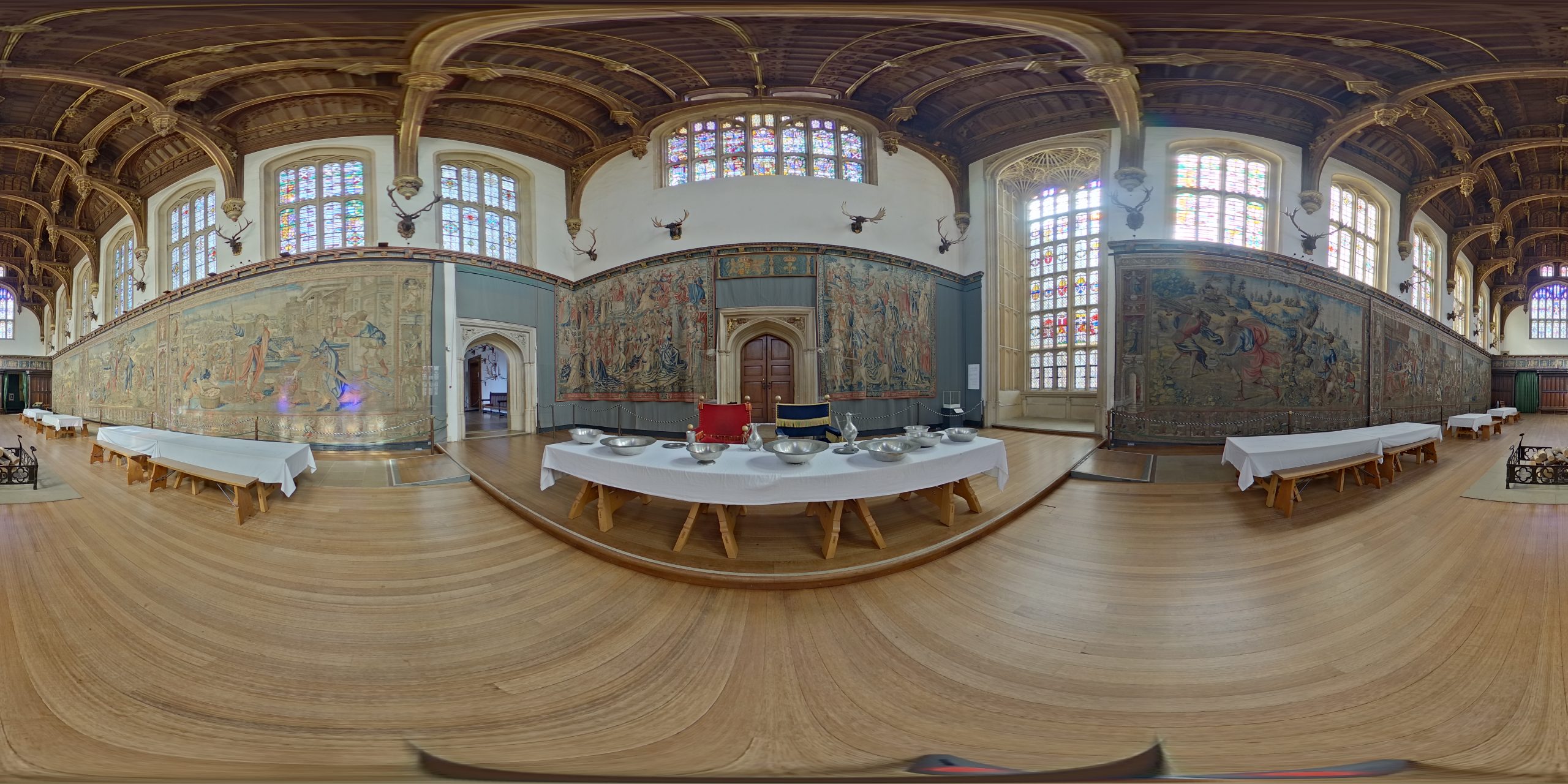Introduction to VR advertising
Virtual reality (VR) advertising is an innovative way to showcase event spaces. With VR technology, potential clients can take a virtual tour of the event space and get a realistic sense of its layout and ambiance. VR advertising offers an immersive experience that allows viewers to interact with the environment and visualize themselves in the space. This technology has the potential to revolutionize the way event spaces are marketed, providing a more engaging and interactive experience for potential customers.

Benefits of VR in advertising event spaces
Virtual reality (VR) allows potential clients to walk through event spaces from the comfort of their own home, giving them an immersive experience. This can result in a higher likelihood of them booking the venue. VR advertising can also showcase the unique features and atmosphere of an event space more effectively than traditional marketing methods, helping to set it apart from competitors. Additionally, VR can save time and resources by allowing clients to virtually tour multiple event spaces without physically visiting each one.
Engaging and immersive experiences
Virtual reality (VR) offers a captivating and immersive way for potential customers to experience event spaces. By creating a lifelike environment, businesses can provide a more engaging and interactive platform for clients to explore the venue. This can lead to increased interest, better understanding of the space, and a higher chance of booking. Additionally, VR experiences can leave a lasting impression, making them more likely to be remembered and shared, further maximizing their impact.
Cost-effectiveness of VR advertising
Virtual Reality (VR) advertising offers a cost-effective way for event spaces to showcase their venues. VR technology allows potential customers to experience the event space without physically visiting it, saving both time and money. By using VR advertising, event spaces can reach a wider audience at a lower cost compared to traditional methods. This can result in a higher return on investment and increased interest in the event space.
Targeting specific audiences
You can use VR advertising to target specific audiences for event spaces. VR allows you to create interactive experiences that can be tailored to different demographics. By using VR technology, you can cater to the preferences and interests of your target audience, making your advertising more effective and engaging. This can help you reach the right people and increase the chances of turning them into potential customers.
Enhancing event space visualization
Using virtual reality (VR) technology can greatly improve the way event spaces are visualized. With VR, potential clients can experience a 360-degree view of the event space, allowing them to imagine how their event will look and feel in the venue. This immersive experience helps them make more informed decisions, leading to increased bookings and customer satisfaction. Additionally, VR can offer the ability to customize and personalize the space, giving clients a better understanding of what the venue can offer for their specific event needs.
Interactive virtual tours
Interactive virtual tours offer an immersive experience, allowing potential clients to explore event spaces from the comfort of their homes. Through interactive features like 360-degree views, zoom functions, and clickable hotspots, users can engage with the space as if they were physically present. This innovative approach not only enhances the viewing experience but also sets a new standard for showcasing event venues.
Measuring and tracking user engagement
To effectively measure and track user engagement in advertising for event spaces using VR, it’s crucial to analyze the following key metrics:
- Click-through Rate (CTR): This measures the percentage of users who click on a VR ad to visit the event space’s website. A higher CTR indicates better engagement.
- Dwell Time: This refers to how long users spend interacting with the VR content. Longer dwell times indicate higher user engagement.
- Interactions: Tracking user interactions within the VR environment, such as selecting different viewing angles or exploring additional information, can provide insights into user engagement levels.
- Conversion Rate: By analyzing the percentage of VR ad viewers who take a desired action, such as booking a tour or making an inquiry, advertisers can gauge the effectiveness of their VR advertising in driving real-world engagement.
These metrics help advertisers understand how users are interacting with VR content and allow them to optimize their advertising strategies for event spaces.
Implementing VR advertising strategies
If you’re considering using VR to advertise your event space, it’s important to understand the different strategies involved. Implementing VR advertising can offer potential clients a unique and immersive experience, allowing them to virtually tour your space from anywhere in the world. This can help you stand out from the competition and attract more interest in your event space. Some key strategies to consider include:
- Creating interactive and engaging VR content that highlights the key features of your event space.
- Leveraging social media and online platforms to promote your VR tours and reach a wider audience.
- Offering virtual reality experiences at events and trade shows to give potential clients a firsthand look at your space.
- Collaborating with VR content creators or agencies to ensure high-quality and impactful VR advertising.
By strategically implementing VR advertising, you can showcase the unique qualities of your event space and attract potential clients in an innovative and captivating way.
Future trends in VR advertising for event spaces
Virtual reality (VR) is set to transform the way event spaces are advertised. VR technology allows potential clients to experience event spaces in a more immersive and interactive way, creating a realistic sense of being physically present at the venue. This can significantly enhance the advertising of event spaces by providing a more engaging and memorable experience for potential customers. VR advertising is expected to become a prominent trend in the future, offering event space owners and advertisers an innovative way to showcase their venues and attract clients.
